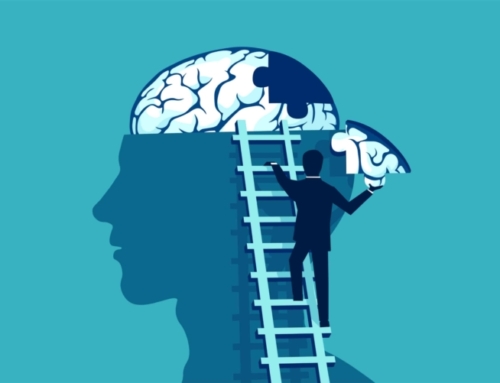Compassion fatigue affects professionals working with people presenting with forms of pain and suffering and it can lead the professional to experience chronic and escalating emotional distress that, in turn, can lead to emotional withdrawal, cynicism, burnout, and secondary or vicarious traumatization. As clinicians, we are a prime group of professionals at risk of compassion fatigue.
Compassion fatigue accurately captures the distress that increases upon repeated daily exposure to others’ pain and suffering, like a muscle that gets fatigued through continued exertion. Compassion fatigue is misleading, however, because fatigue is a phenomenon from which we usually recover after a relatively short rest period. The word “fatigue” can inadvertently minimize the seriousness and chronicity of the professional’s response.
One way to decrease the risk of compassion fatigue is to work with less severely sick and traumatized individuals. Every person has a level of pain and suffering they’re exposed to and that they can comfortably cope with. No clinician needs to work beyond their capacities heroically.
Additionally, each clinician will be particularly susceptible to a specific form of vicarious suffering or trauma. For example, years ago I became acutely overwhelmed by the suffering of a patient who came for evaluation of depression. She was a woman in her early 30s who had lost her infant about three months earlier from shaken baby syndrome perpetrated by her boyfriend with whom she left her child when she left for work. At the time, my daughter was just a little older than this woman’s child. I sat there listening, doing everything I could not to run out of the room. I was emotionally completely unavailable to her and was not surprised that she never returned to see me after this initial (disastrous) evaluation. I’m sensitive to the suffering of children and know I would be very stressed working with abused children. Of course, a large percentage of my adult patients were abused as children (and often again as adults), but I can cope with this, perhaps due to the distance in time from the original trauma and because the patient is an adult.
So, one factor in successfully coping with compassion fatigue is to modulate the type of patient the clinician chooses to work with. For example, the woman clinician who experienced sexual assault in her life may need to curtail working with other victims of sexual assault. This placing of limits on oneself may be difficult because that clinician can rightly feel she is particularly attuned to the suffering of her patients who were victimized in this way. Reminding oneself of the “long view” can help: once a clinician burns out, there may be no going back. Thus, pacing oneself over one’s career can help that career remain a long one.
All of what I wrote so far is a prelude to the main point I wish to make today. The clinician’s mindset regarding treatment can increase or lower the risk of compassion fatigue. In particular, the more helpless the clinician feels in the face of the suffering of patients, the more at risk they are of compassion fatigue. Imagine being unable to affect positive change in the many patients you see. This lack of efficacy and agency leads to a sense of helplessness. Other people’s suffering becomes a taunt and one’s professional endeavors become purposeless. Now imagine those same patients benefiting from your ministrations. That same suffering is now seen as amenable to change, with one’s ministrations seen as bringing relief from that suffering. In this latter case, the risk of compassion fatigue is not eliminated but is attenuated.
Unfortunately, often it is hard for us clinicians to see the benefit of what we do when we see our patients continue to suffer over many years, engage in the same counterproductive behaviors, or not comply with our treatments. I want to share my mindset regarding this helplessness and lack of clinical efficacy. I never expect that anything I do will be a “magic bullet” slaying the monster of suffering in a single shot. I anticipate the slog to be long, hard, and filled with setbacks and frustrations. I also never regard myself as a “healer” because I find that conceptualization hubristic. Instead, I think of myself as a facilitator of the patient’s healing. I believe everyone is striving to make their lives better, even when they engage in maladaptive strategies. I see myself as methodically helping them cut loose from the things that interfere with their healing and build up the things that hasten their healing.
I imagine that the person who comes to me is trapped underwater. They have various weights that pull them further underneath the surface. But they also have buoyant balloons that pull them back up to the surface where they belong. I know that cutting off one weight or adding one more balloon is unlikely to lead to a good life. But I also never know what it will take. In the meantime, I keep plugging away, monitoring what works and what doesn’t, what the patient is capable of, and what is beyond them. I keep helping them cut those weights and add those balloons. And so it goes.
Dr. Jack
LanguageBrief
“For there is nothing heavier than compassion. Not even one’s own pain weighs so heavy as the pain one feels with someone, for someone, a pain intensified by the imagination and prolonged by a hundred echoes.” – Milan Kundera
“This is my letter to the world
That never wrote to me” – Emily Dickenson“When we give cheerfully and accept gratefully, everyone is blessed.” – Maya Angelou







Leave A Comment